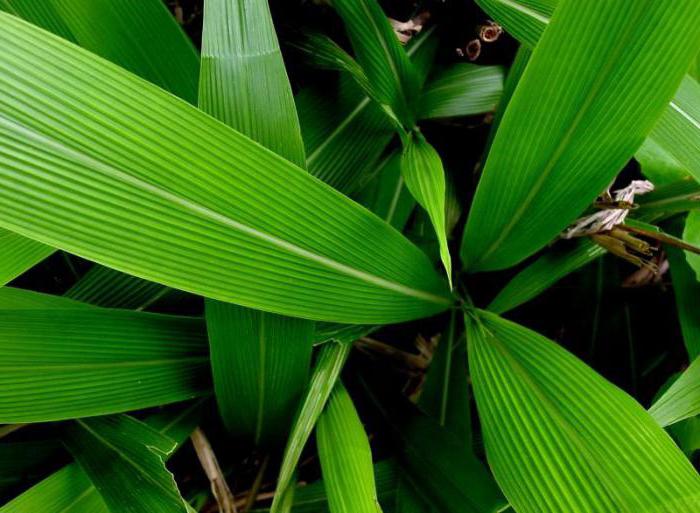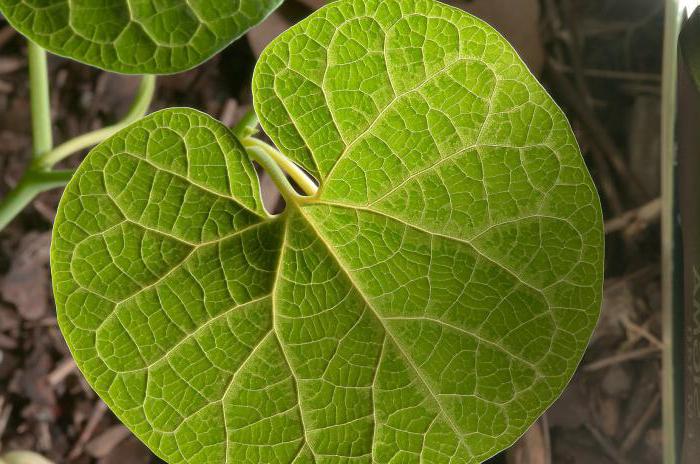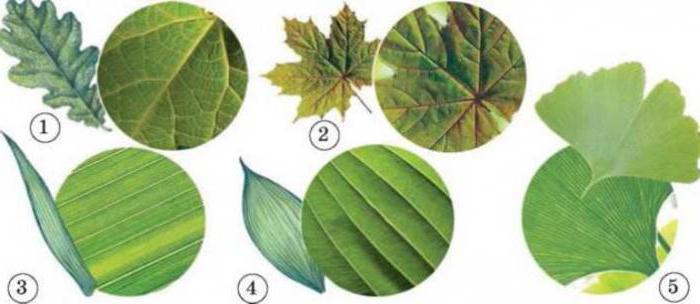Each leaf of a plant is permeated with small tubules that form its conducting system. Their mutual arrangement in the leaf blades is the venation of the leaves. These vascular-fibrous bundles (nerves) continue into the petiole of the leaf and then into the stem, being part of the vascular system of the plant.
The venation of the leaves is determined by their shape and size. Conductive bundles branch and intersect to provide all cells with water and minerals. The phloem part of the veins carries away organic substances formed during photosynthesis from the leaf blade. In this way, the growth of the whole plant and the accumulation of biomass are supported.
The structure of leaf veins
Conductive bundles in the leaf tissue have a structure similar to those in the stem and root. Since the fluid flow in them is carried out in two directions, the anatomical structure also includes two types of conductive elements.
The flow of water, carrying dissolved minerals, goes from the roots to the leaves along the tracheids (hollow dead cells, elongated in length). The transport of organic (plastic) substances from the leaves occurs through living conducting cells - sieve tubes.
Well-defined thick veins also perform a supporting function, keeping the leaf blade in a straightened state. The conductive bundles are surrounded by a strong mechanical tissue, and this reinforcing network, which follows the venation of the leaves, prevents them from breaking and adds strength.
The thinnest terminal veins consist of only tracheids, the ends of which are blindly closed. Like a network of capillaries, they are interconnected by anastomoses (bridges), which create a dense network of small channels. Even if the central vein is broken, the leaf will be powered by this network.
Leaf venation: from simple to complex
In plants of different species, the pattern of branching of vascular-fibrous bundles differs significantly. The mutual arrangement of the pathways determines different types of leaf venation (leaf nervation).
In ferns, which belong to the group of higher spore plants, as well as in relict ginkgo, branching of the veins dichotomous(in different sources it is also called forked or fan). With this type of nerve, two main veins stand out, and many thin vascular bundles branch in two several times, without anastomoses between them.
Leaf venation of monocotyledonous angiosperms
The leaves of monocots are usually elongated, ribbon-shaped, lanceolate, oval, mostly entire. The venation of such leaves, depending on the width, is:
- parallel when the veins are straight and do not intersect (parallel-nervous leaves);
- arcuate, when the veins are curved and partially merge with each other at the top of the leaf (arugerine leaves).
Parallel venation of leaves is characteristic of cereals, and the vascular bundles at the base of the leaf are not connected, but are directed by separate highways to the vascular system of the stem.

Perpendicular to neighboring veins in the leaves of monocotyledonous plants there are many small vascular bridges.
Types of venation in dicotyledonous angiosperms
Dicotyledonous plants have a wide variety of forms of leaf blades. From this, in general, depends what kind of leaf venation we will observe:
- Pinnate venation(peristoneral sheet). The central or main vein is well distinguished, passing from the cutting to the top of the leaf. Lateral veins of the first order depart from it (usually at an acute angle). From them, in turn, veins of the second order, etc. Corresponding leaf shapes: elongated with a serrated or serrated edge, pinnatipartite, pinnately lobed.
- Palmate venation(digital sheet). At the junction of the petiole with the leaf blade, several well-defined veins of the first order begin, diverging more or less evenly in different directions. It is observed in leaves, the length of which does not exceed the width, with a palmate-lobed or palmately divided edge.
- Reticulate venation(retinal sheet). It is a kind of nervousness, when the veins of the first orders strongly branch and quickly become thinner, forming a dense network of small cells over the entire surface of the leaf. There are pinnately reticulate venation (in apple, barberry, willow) and palmate reticulate (pilea).

There are several options for classifying venation, sometimes palmate and pinnate are classified as reticulate varieties.
Not like everyone else
As for mono- and dicotyledonous plants, there are exceptions to the above patterns. For example, in plants of the genus Plantain (dicotyledonous), the leaves are arcuate. And related to monocotyledonous plants, the poisonous crow's eye has a palmate arrangement of veins (finger-mesh).

In the figure, the types of venation:
- Cirrus.
- Palmate.
- Parallel.
- Arcuate.
- Dichotomous.
